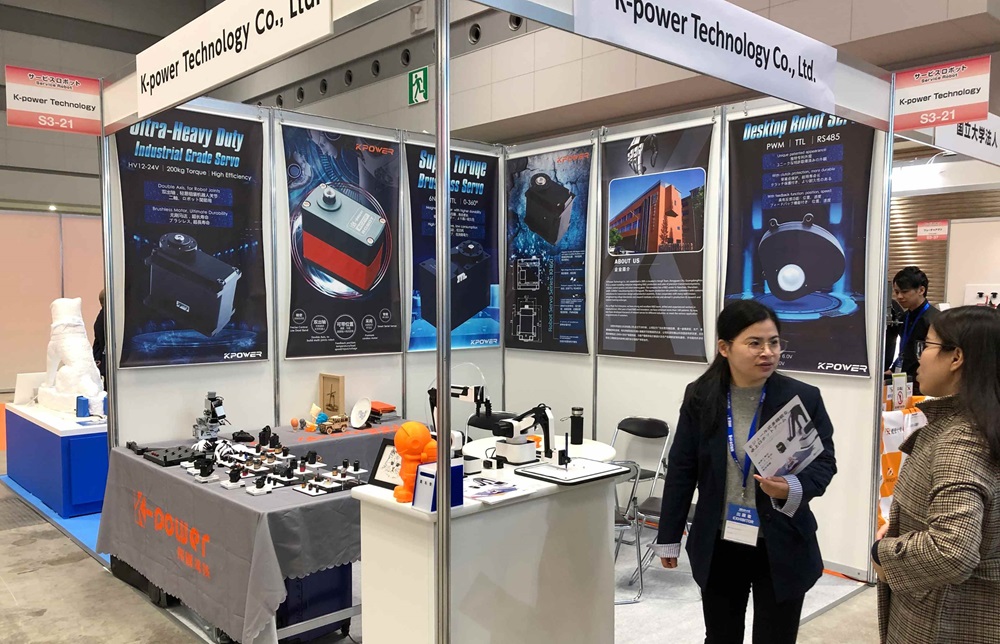Certainly! Below is the first part of the soft article centered around "DC servo motor repair." I'll compose it in an engaging and informative style, making sure it’s attractive and useful for readers interested in this subject.

Unraveling the Power and Precision of DC Servo Motors
In the world of automation, robotics, and precision machinery, DC servo motors stand as the unsung heroes that power intricate movements and ensure smooth operations. Known for their exceptional accuracy, high torque-to-weight ratio, and precise control capabilities, these motors have become integral to applications ranging from CNC machines to camera gimbals. However, like any complex electromechanical system, they are susceptible to wear and tear, faults, and operational challenges that can impede their performance.
Understanding the fundamentals of a DC servo motor is the first step toward effective repair. At its core, a DC servo motor combines a DC motor with a feedback system—usually encoders orResolvers—that continuously monitors its position, speed, or torque. This feedback enables closed-loop control, allowing the motor to execute highly precise movements. The heart of the system is the motor itself, which typically consists of a stator with field windings, a rotor with armature windings or permanent magnets, and the electronic control system that drives the motor based on feedback.
The benefits of a well-maintained DC servo motor include not just smooth operation but also energy efficiency and longevity. But what happens when the motor begins to exhibit signs of trouble? Common issues range from inconsistent speed and sluggish response to complete failure to operate. Diagnosing these problems precisely can be the difference between a quick fix and costly downtime.
Common Causes of DC Servo Motor Failures
Before diving into repair techniques, it's worth understanding what typically causes failures in DC servo motors:
Electrical Wear and Damage: Over time, brushes and commutators can wear out, leading to poor electrical contact. Dust and debris may accumulate, causing short circuits or increased resistance.
Overloading or Overvoltage: Excessive load or voltage spikes can burn out armature windings or damage electronic control components.
Mechanical Wear and Tear: Bearings, shafts, and couplings endure constant motion, which causes wear. Misalignment can also add undue stress, leading to premature failure.
Environmental Conditions: Dust, moisture, and temperature extremes can corrode components or cause insulation breakdown.
Faulty Feedback Devices: If encoders or resolvers malfunction, the control system may make incorrect adjustments, affecting performance.
Preparing for Repair: Diagnosis and Safety
Before attempting to repair a DC servo motor, a methodical diagnosis is essential. Start with visual inspection—look for obvious signs of damage such as burnt components, broken wires, or worn brushes. Using multimeters and oscilloscopes, check the resistance of windings and the integrity of the power supply voltage.
Moreover, always follow safety protocols. Disconnect power before inspecting internal components. Use insulated tools and ensure capacitors are discharged, especially in larger systems.
Step-by-Step Approach to Repairing DC Servo Motors
The repair process generally involves the following stages:
1. Troubleshooting: Identify the root cause—whether electrical or mechanical.
2. Disassembly: Carefully remove the motor from its mounting, noting the order of parts for reassembly.
3. Inspection: Examine brushes, commutators, windings, bearings, and feedback devices for signs of wear or damage.
4. Testing: Use appropriate tools to measure resistance, continuity, and insulation. Testing electronic control modules separately can isolate issues.
5. Replacement: Swap out worn brushes, damaged windings, faulty feedback devices, or electronic components as needed.
6. Reassembly and Testing: Reconstruct the motor, reconnect to the control system, and verify performance under load conditions.
In the process of repair, certain maintenance techniques can extend the lifespan of your DC servo motor and prevent future issues.
Kpower has delivered professional drive system solutions to over 500 enterprise clients globally with products covering various fields such as Smart Home Systems, Automatic Electronics, Robotics, Precision Agriculture, Drones, and Industrial Automation.




































